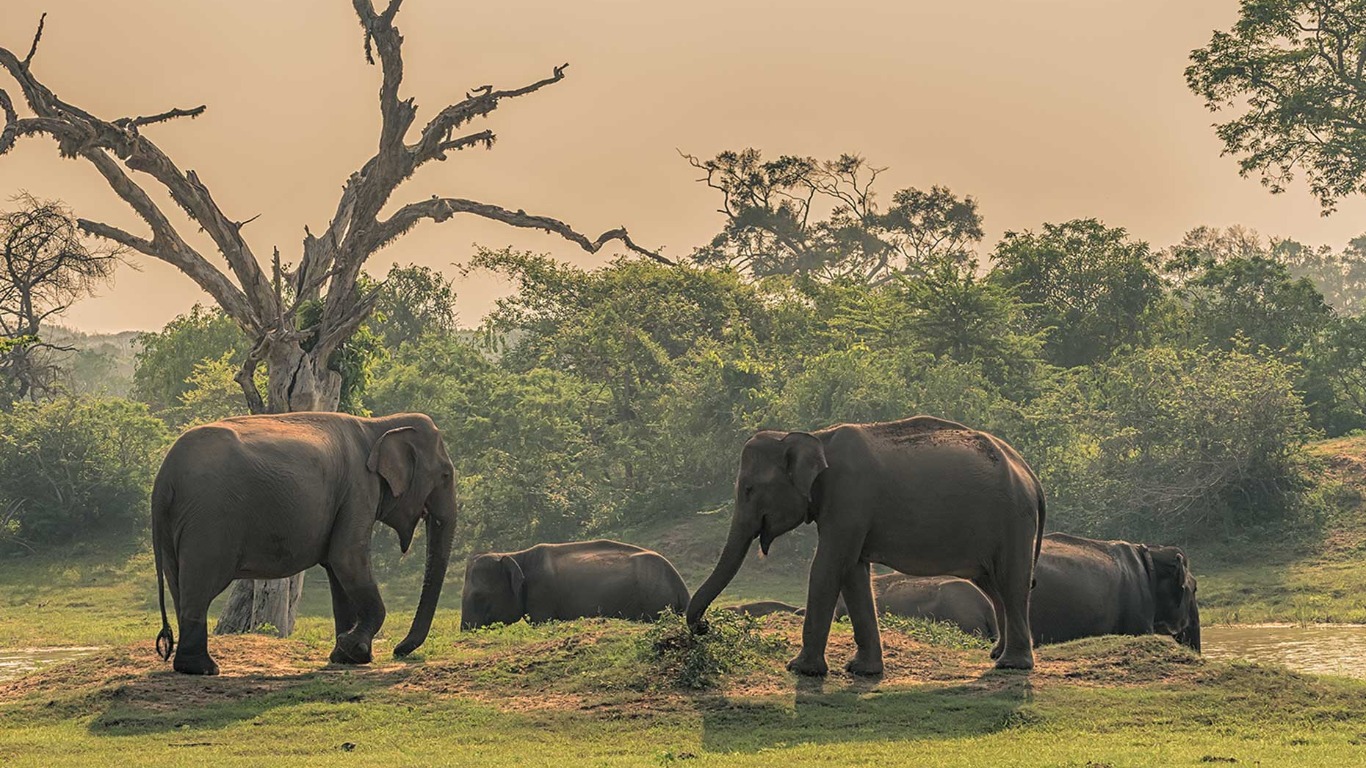Animal magic in Sri Lanka: what to see on safari in Yala National Park
Beyond its beaches and temples, Sri Lanka is among the best places in the world for a wildlife spotting adventure. Here writer Robin McKelvie seeks out Panthera pardus kotiya – aka the Sri Lankan leopard – in the stunning surroundings of Yala National Park.
Why go to Yala National Park?
Yes, the leopard is Yala National Park's biggest draw, but this massive 130,000 hectare oasis offers so much more in terms of fauna and indeed flora. It was designated a protected national park in 1938 and has not looked back since.
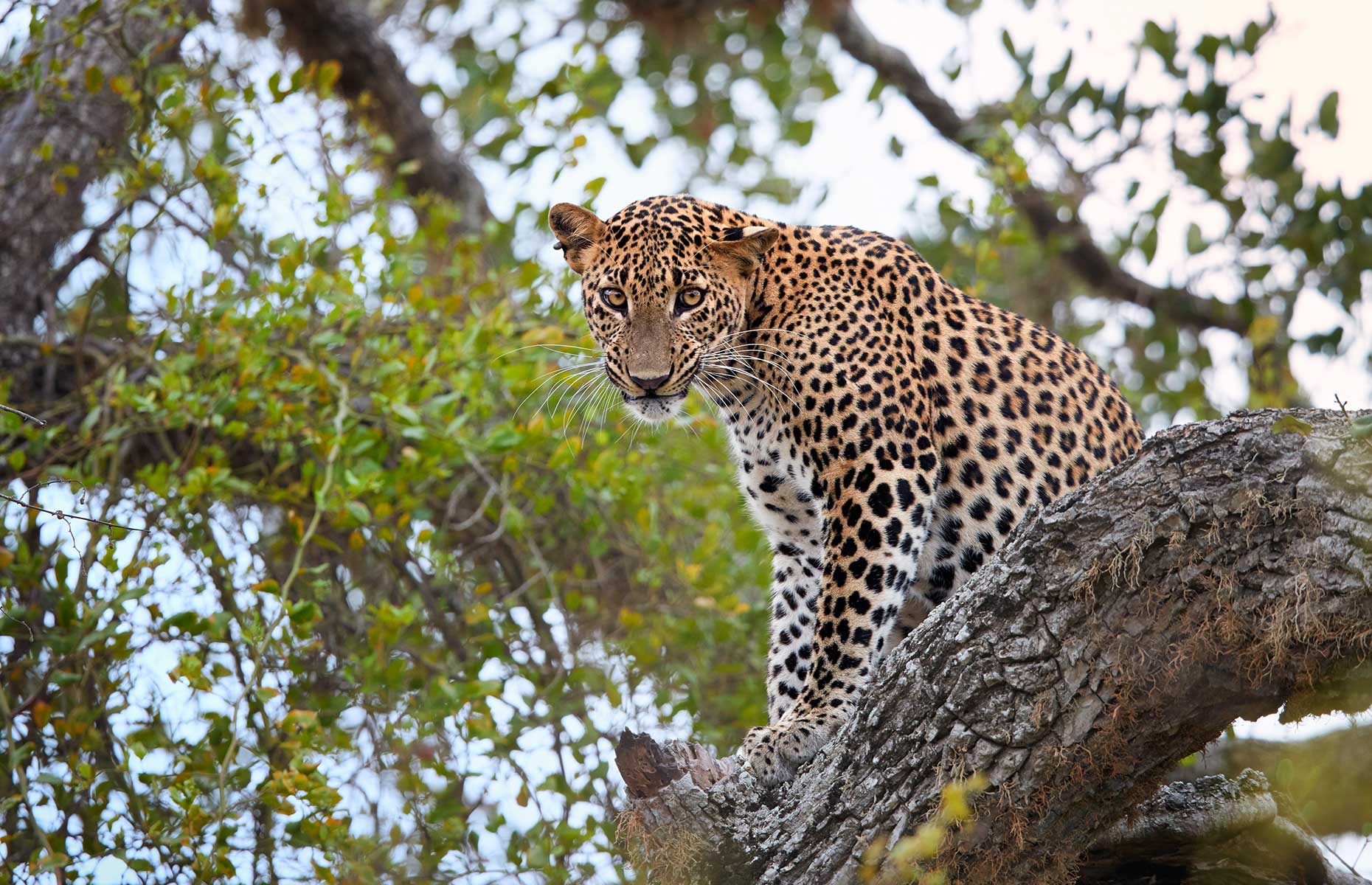 Martin Mecnarowski/Shutterstock
Martin Mecnarowski/Shutterstock
Parts of Yala are jungle-like, but it’s really a patchwork of alluring wildscapes that tumble in from the Indian Ocean. It once drew British hunters in during colonial times to its sweeping forests, wild scrubland, willowy grasslands and marshland lagoons.
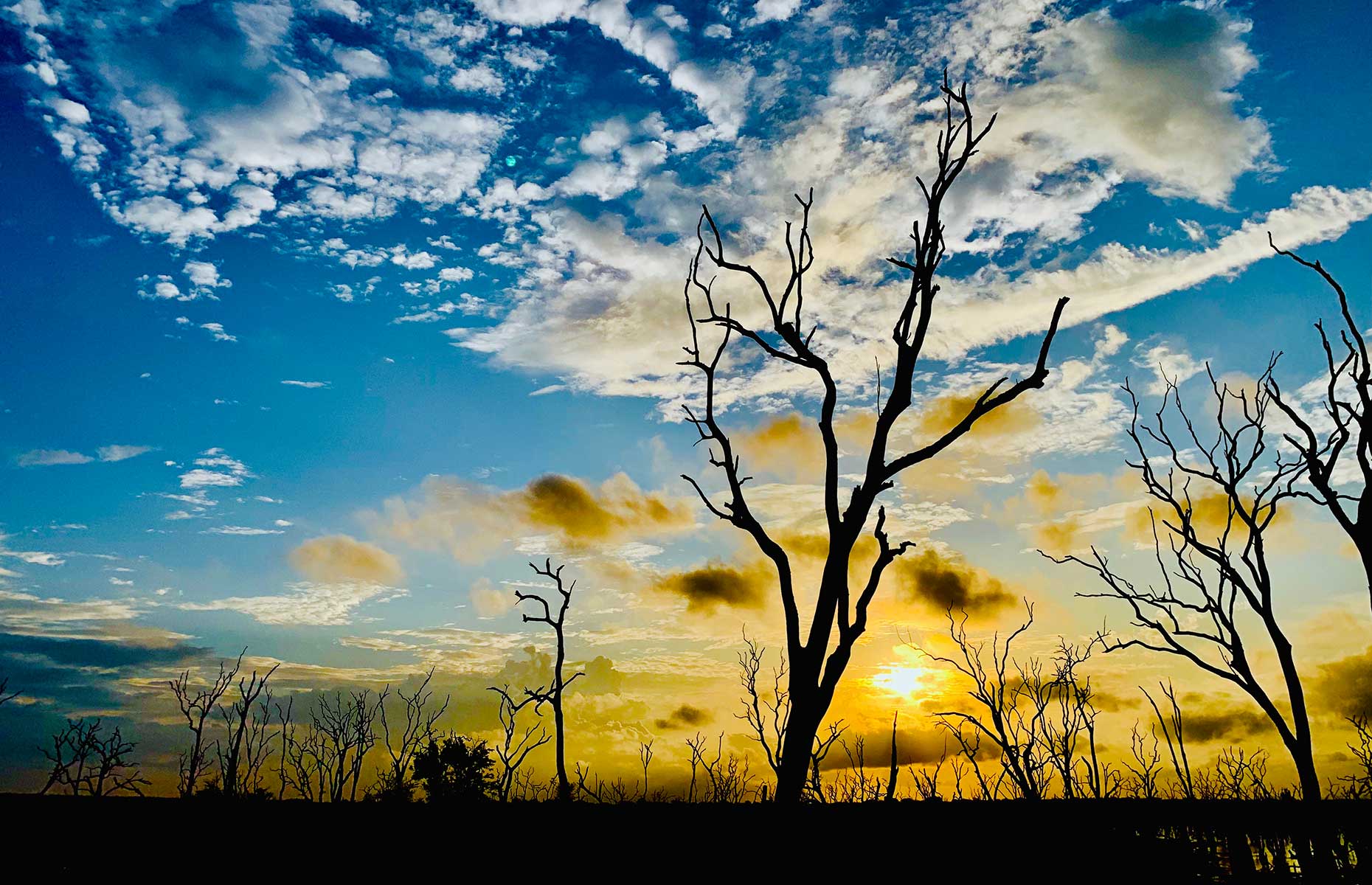 Chamith Ranaweera/Shutterstock
Chamith Ranaweera/Shutterstock
It’s the most visited park in the country with good reason and is well located too – it’s only around 175 miles (3282km) from the capital of Colombo.
READ MORE: Here's what to see, do and eat in cool Colombo
What to see
Apart from those leopards there are over 40 species of mammal alone. These range from the likes of mild-mannered spotted deer, through to cheeky monkeys of all sizes and hues, and on to dangerous sloth bears (pictured below) and crocodiles.
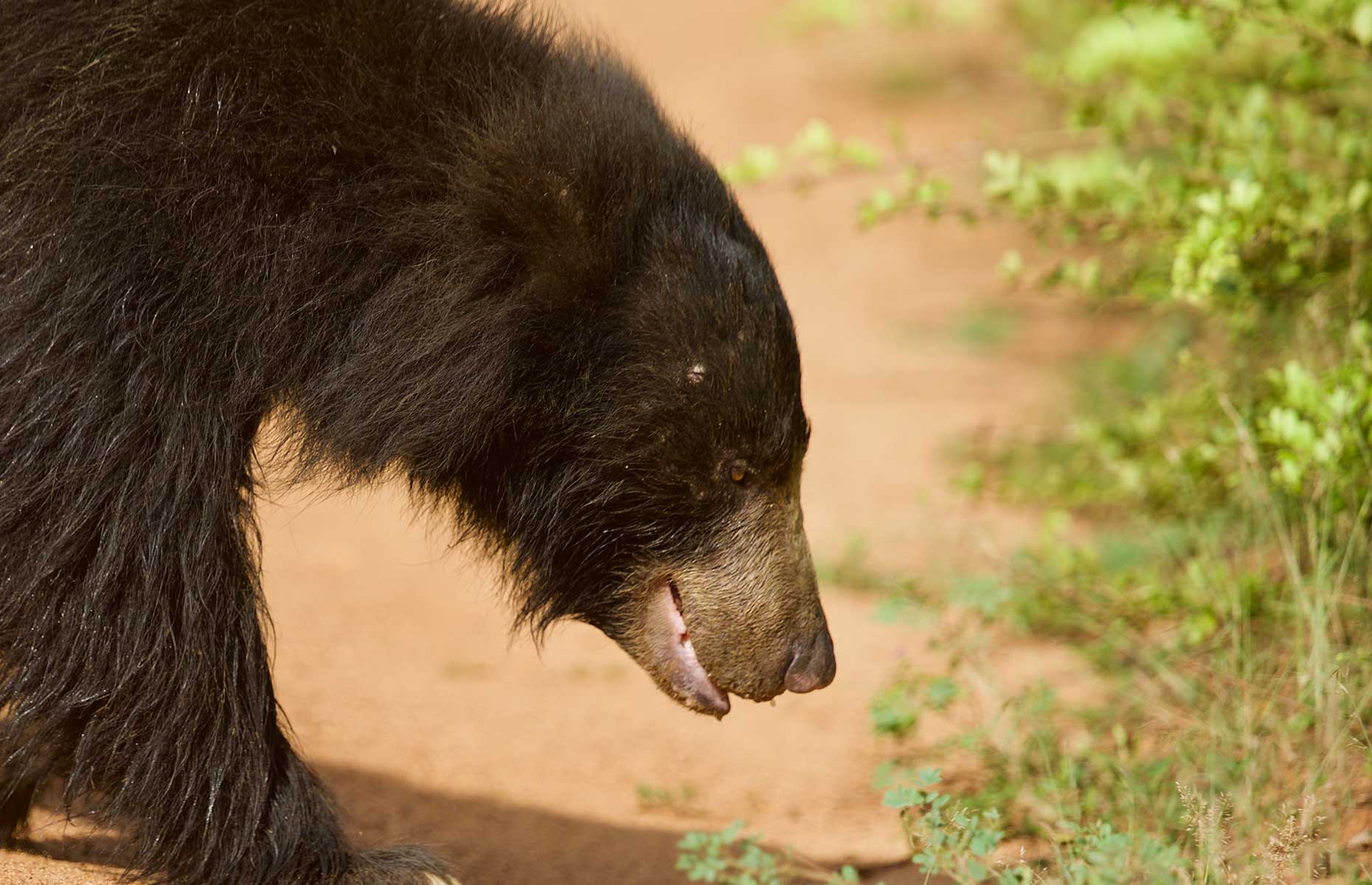 Saliya Illangasinghe/Shutterstock
Saliya Illangasinghe/Shutterstock
There are sambars and jackals, buffaloes and mongooses too, the list goes on and gloriously on. The hulking elephants are one of Yala’s stars and you will find them holding court throughout the park, even blocking the public roads on the fringes of Yala.
READ MORE: The world's best wlidlife experiences
Yala excels in birdlife too and indeed is worth visiting for its feathered friends alone, as many ornithologists do. It’s reckoned there are over 200 species. There are strutting peacocks, who delight in fanning out their bright wings, wading storks and curly beaked curlews, while above it all soars that mightiest of mighty bird of prey, the eagle. We cannot, of course, forget where we are and miss out that most ungainly of residents, the jungle fowl, which is hailed as the official national bird of Sri Lanka.
 Jelena Ivanovic/Shutterstock
Jelena Ivanovic/Shutterstock
Yala's different areas
Yala National Park is made up of five blocks, but not all are normally open to the general public.
Some of the lodges have special concessions to access areas in the other blocks when the public cannot, so it is worth checking with the lodge or camp you book with.
Block 1 is also known as the Ruhuna National Park, with the nearby Block 3 named Kumana National Park or 'Yala East'. Block 1 is by far the most visited block and although it’s got a great range of wildlife it can feel a bit crowded despite systems in place to limit the amount of safari trucks on the move at any one time.
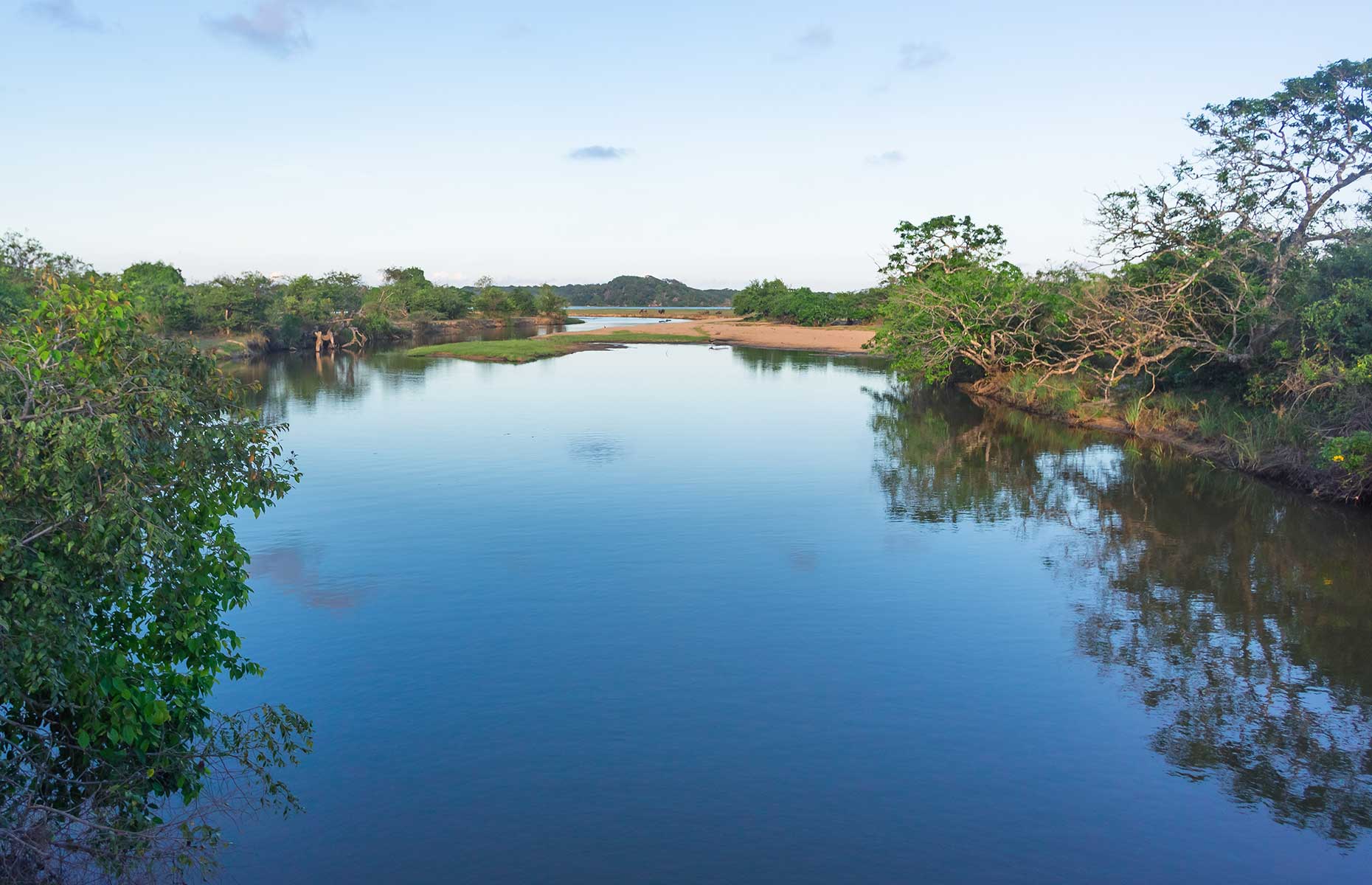 Andrey_S/Shutterstock
Andrey_S/Shutterstock
The little explored Block 5 rarely attracts many safari trucks and its scenery is even more spectacular than Block 1. Yala is no zoo and leopard sightings are a bonus rather than a given especially here. But in these outlying blocks the experience can be sublime. On my visit we were the only truck around in Block 5 when our guides expertly tracked a large female leopard. We got to snap photos of her as she sauntered across the trail right in front of us, lingering to take a look right back at us, before making her way off into the wilds.
How to visit
February to July is the best time to visit any of the blocks as that is during the dry season when the water is at a premium as animals gather around what precious water they can find.
As there is no public transport into the park (and for obvious reasons no pedestrian access) you will either need to rent a vehicle (a jeep with a tracker is obligatory and they are limited) and obtain all the necessary permits, stay with a safari camp or go on a day trip.
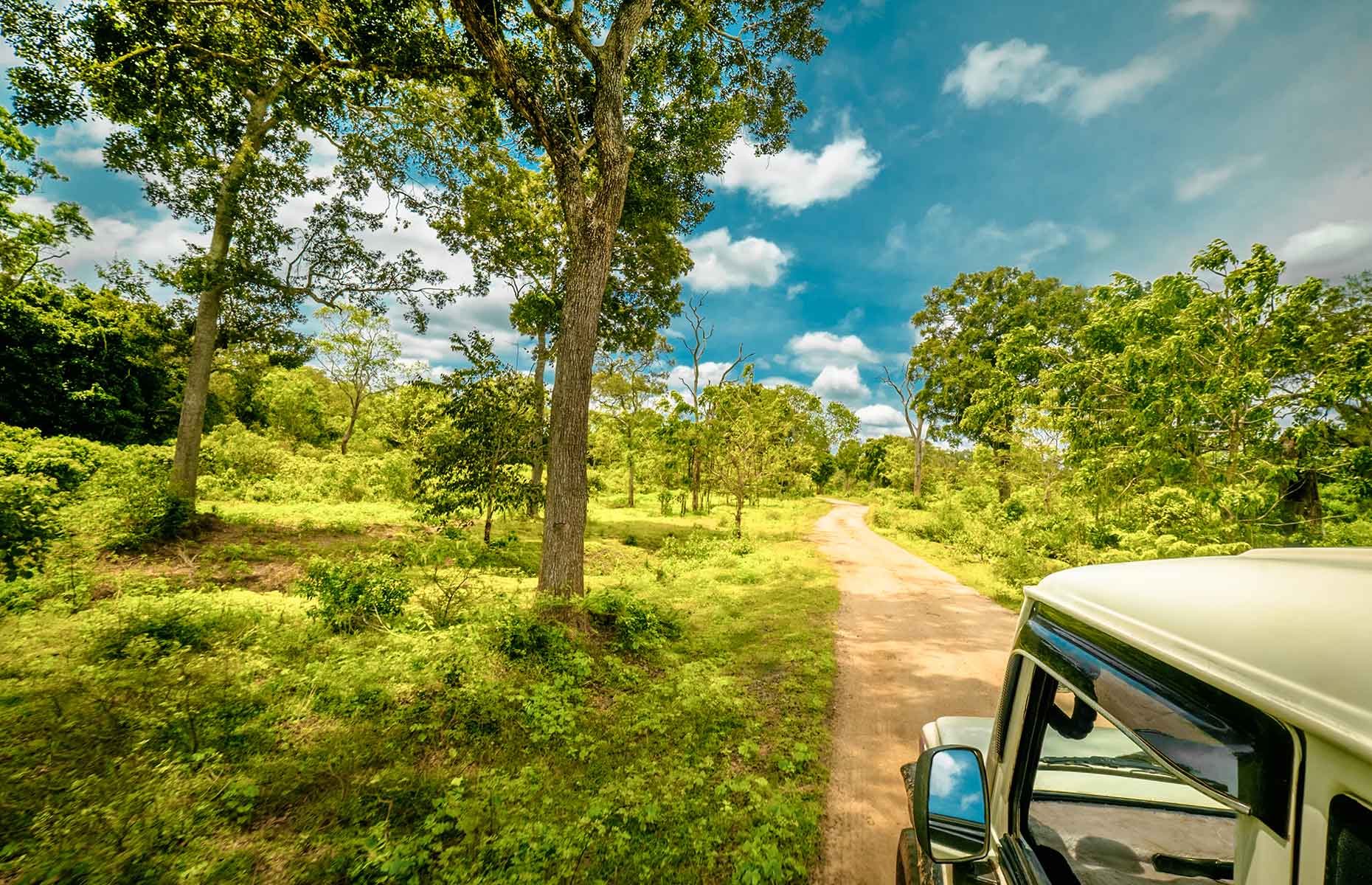 Perfect Lazybones/Shutterstock
Perfect Lazybones/Shutterstock
An organised day trip tends to be an unfulfilling experience as you get little time in the park, only one drive and don’t get to experience the park at its best in early morning and at night.
Many visitors choose a camp as it’s more rewarding, easier and the camp guides know how to make the most of the wildlife viewing and the current locations of the leopards. These days a number of camps and other accommodation dot the national park and its surrounds. Where you stay affects your trip so choose wisely.
Where to stay in Yala National Park
One relative old timer that has been featured in newspapers and TV programmes across the world is Noel Rodrigo’s Leopard Safaris. I stayed for three nights, heading out on two game drives a day and in-between safari drives appreciated the pool to cool off in. The food was superb, ultra-local produce that the staff talked through in detail at mealtimes. Their guides are genuine wildlife experts too.
The safari tents here are very comfortable, the right side of rustic chic. My comfy abode had a main living area and a sleeping cocoon that I kept zipped up to keep any creepy crawlies out. I enjoyed sitting outside staring up at the canopy watching macaque monkeys swish through the trees under the big Sri Lankan skies. At night the stars took over in a spectacular show. It was like a normal night sky of sparkling stars, just with all the galaxies and planets painted in too to create a dazzling spectacle.
READ MORE: Temples and palaces in Yogyakarta, Indonesia
What to expect
We ditch our coffee and leave camp in a hurry when the guides announce that a leopard has just been spotted with two cubs.
Our guides reveal that other companies have been out and not been able to find them. As excitement builds we worry that the sun might set before we find them, but then there they are. We see the mother first. She is tucked up in a tree. She moves and we fear she may go. But no. She soon re-appears, this time clutching her two little cubs! She walks right across the trail in front of us.
It is no fleeting sighting, rather a grandstand wildlife experience, and typical of what you can experience with the right guide in Yala.
Comments
Be the first to comment
Do you want to comment on this article? You need to be signed in for this feature
